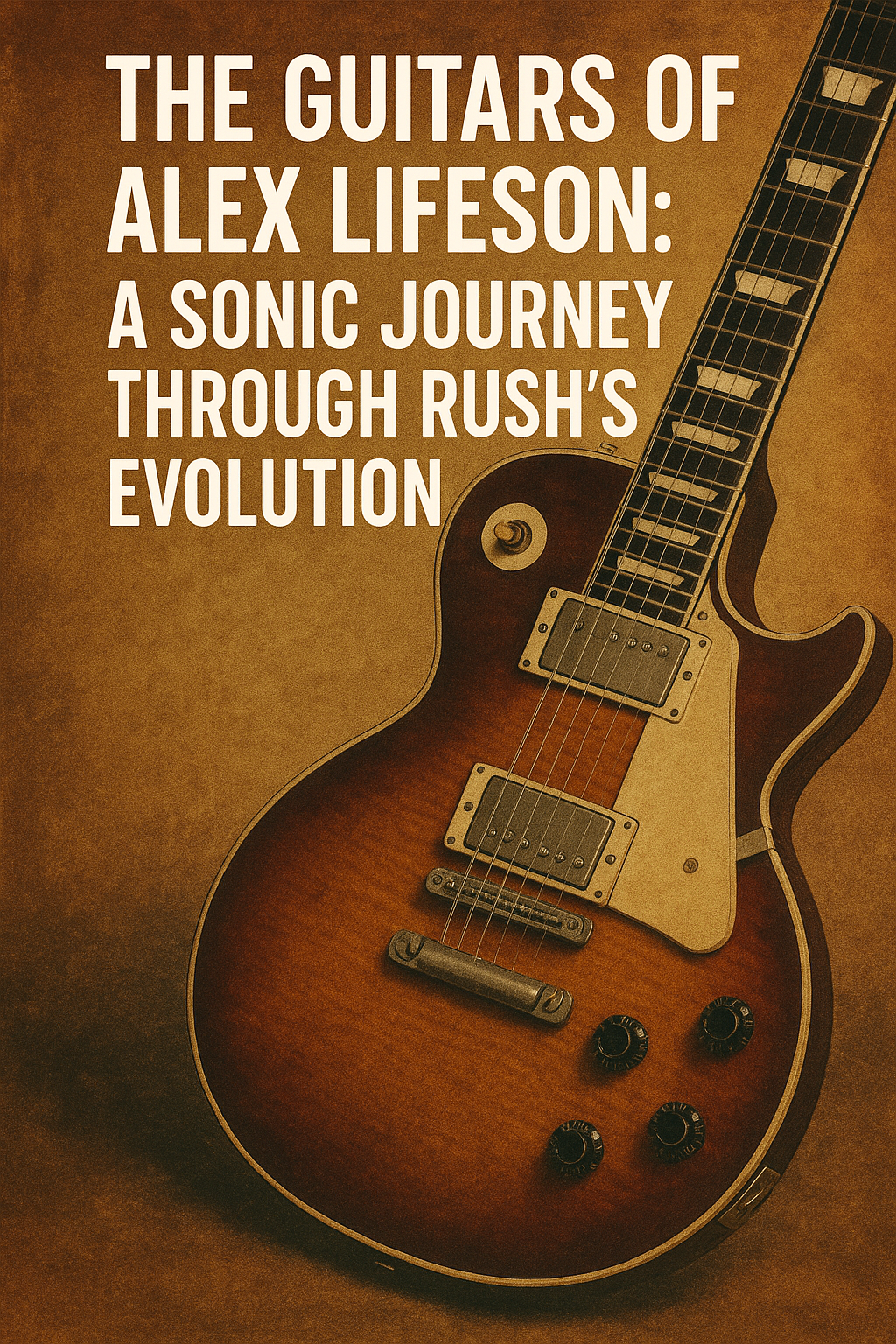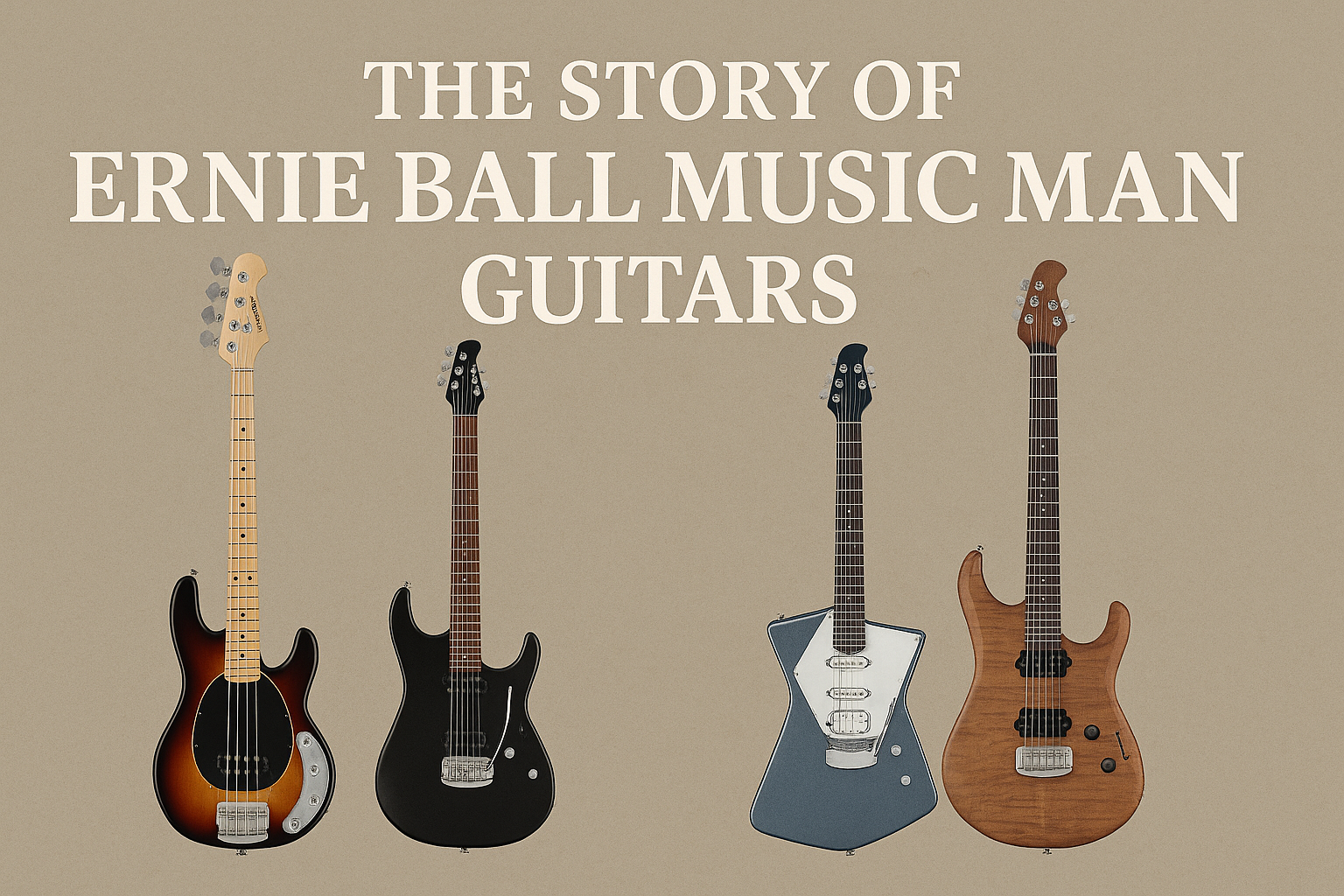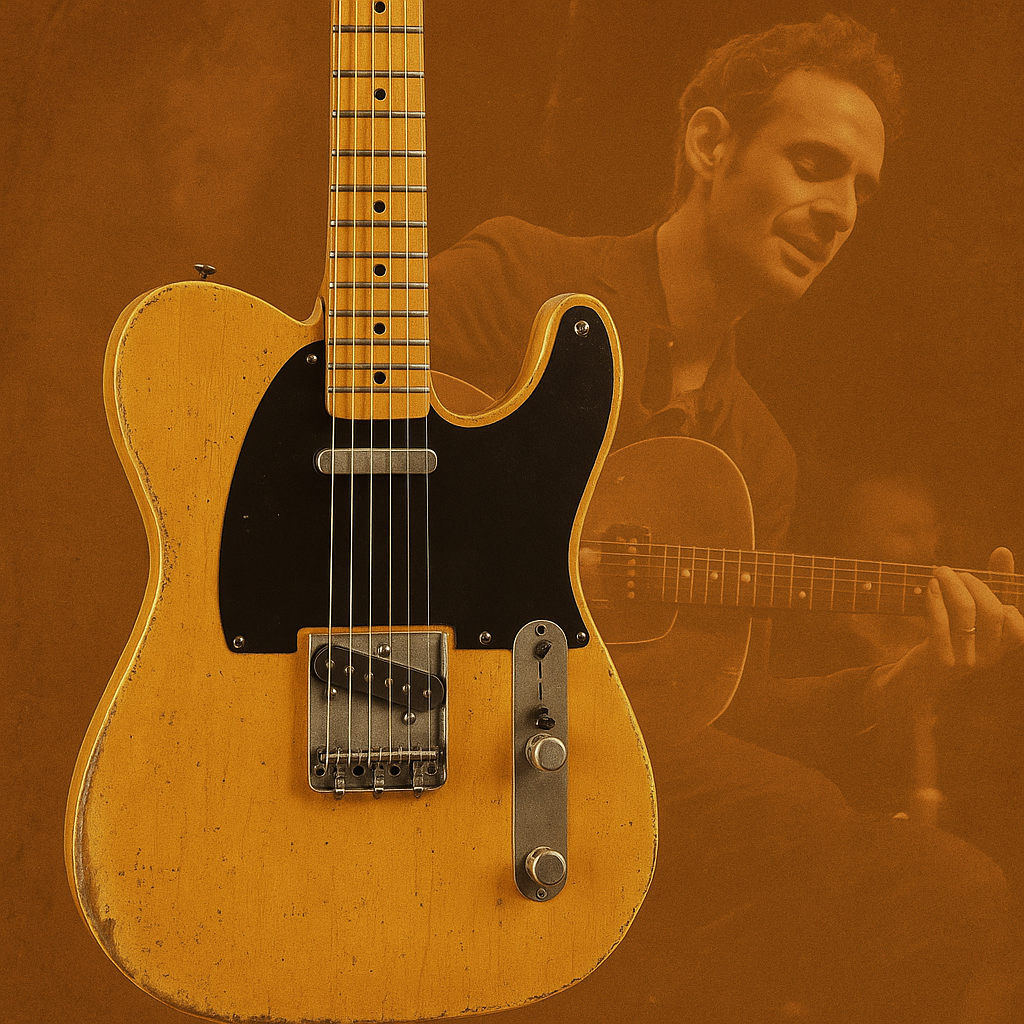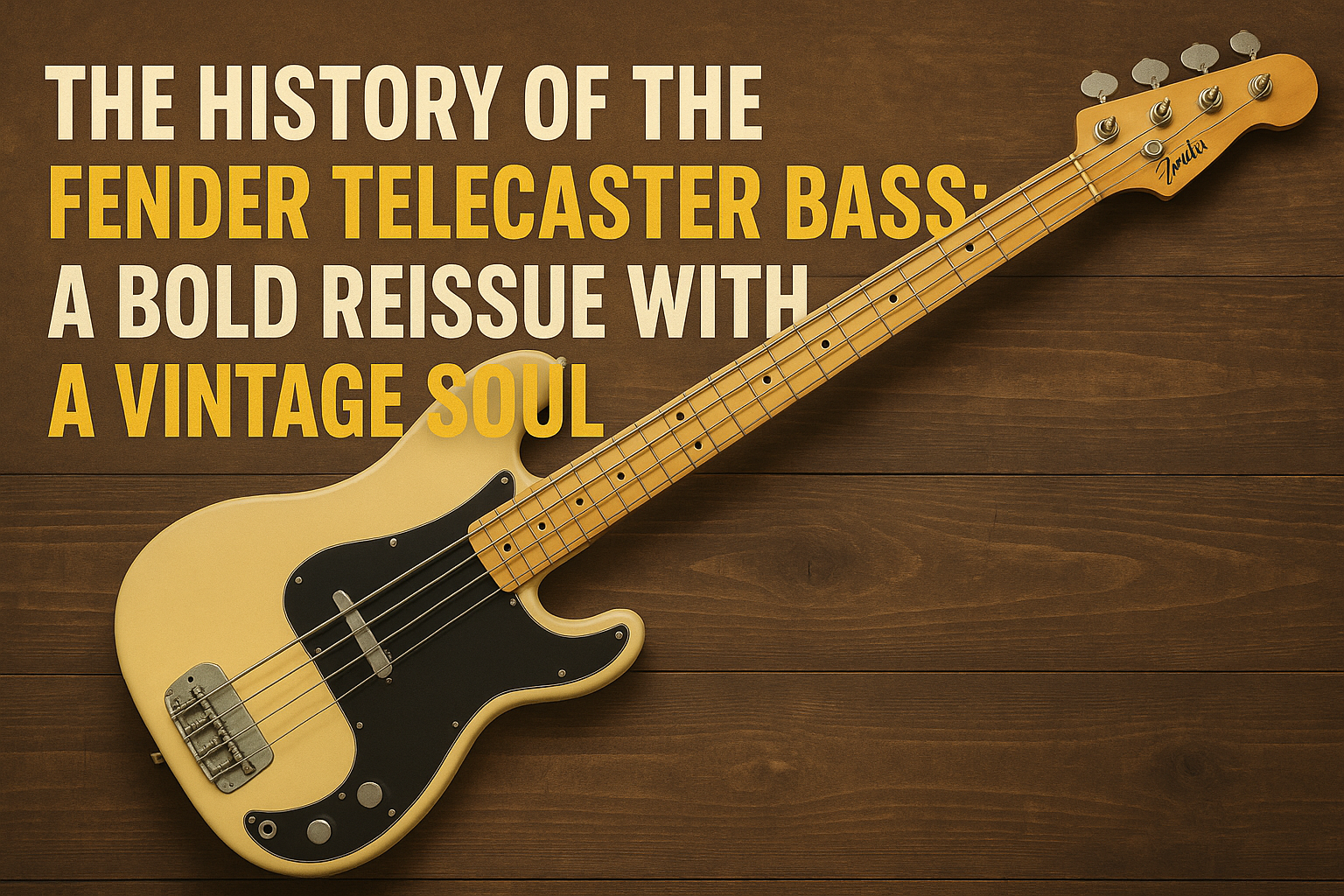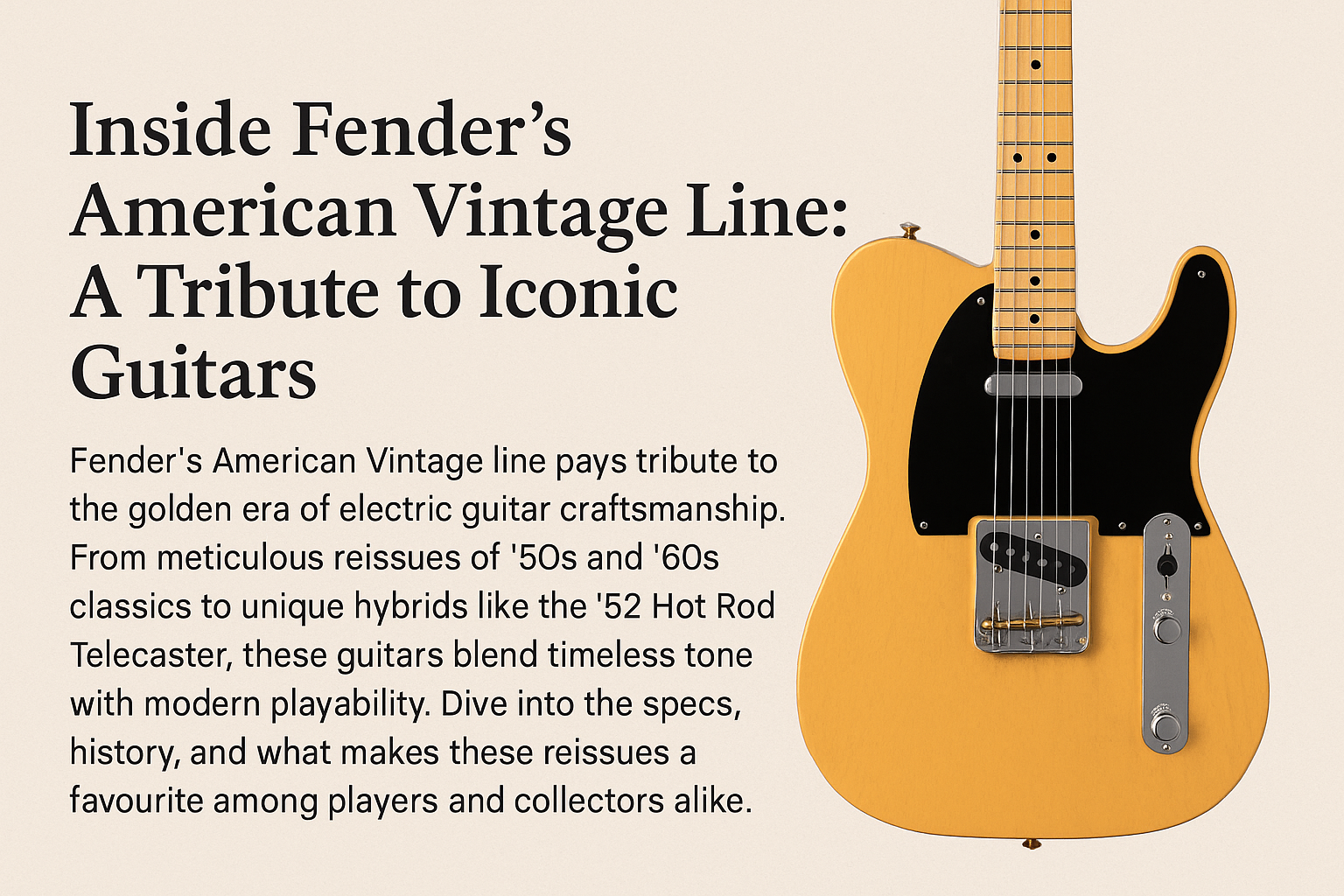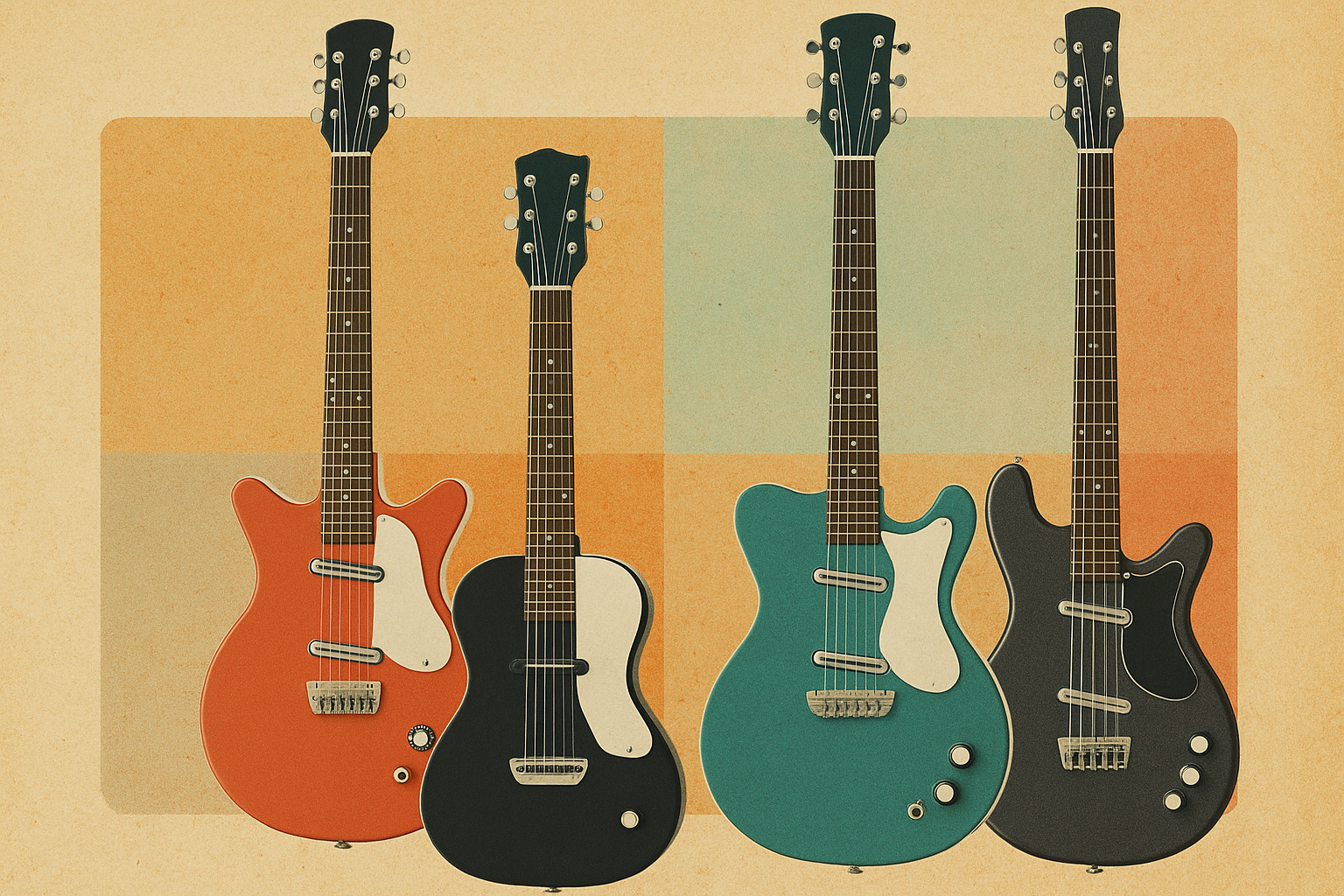In the golden age of electric guitar innovation, few pickups carved out as distinct and revered a voice as the DeArmond Dynasonic. From the roots of rockabilly to the heights of surf and early rock ‘n’ roll, the Dynasonic is synonymous with clear, chimey, and harmonically rich tones that continue to inspire generations of players.
Origins: The Birth of the Dynasonic
The Dynasonic pickup was developed by Harry DeArmond and produced by the Rowe Industries company of Toledo, Ohio. Introduced in the late 1940s and early 1950s, the Dynasonic was among the first commercially successful magnetic pickups. While DeArmond had already built a reputation with his clip-on soundhole pickups for acoustic guitars, the Dynasonic was a leap forward in tone and engineering for solid and hollow-body electrics.
Technically, the Dynasonic is a single-coil pickup but differs significantly from typical Fender-style designs. Its distinctive adjustable pole pieces, which pass through the coil, allow players to fine-tune string balance. The pole pieces are backed by large individual Alnico V magnets, giving the Dynasonic a broad, articulate frequency range—tight bass, sparkling highs, and a percussive attack that sits comfortably in any mix.
The Gretsch Connection
The Dynasonic pickup’s golden era truly began when it was adopted by Gretsch for many of their top-tier models in the 1950s. Most famously, the Gretsch Duo Jet, introduced in 1953, was originally outfitted with Dynasonics, giving it a sharp and cutting tone that contrasted beautifully with Gibson’s P-90s and Fender’s bright Strat and Tele sounds.
Other notable Gretsch models featuring Dynasonics include:
-
Gretsch Duo Jet
-
Gretsch Silver Jet
-
Gretsch Roundup
-
Gretsch Country Club (early versions)
-
Gretsch 6120 (initial models before Filter’Trons)
Gretsch eventually transitioned to the Filter’Tron humbucker by the late 1950s (developed with Ray Butts and Chet Atkins), but the early Gretsch sound was firmly rooted in the sonic fingerprint of the Dynasonic.
Legendary Players Who Swore by Dynasonics
Several iconic guitarists helped bring the Dynasonic’s unique voice to the forefront:
-
Cliff Gallup – Lead guitarist for Gene Vincent and His Blue Caps, Gallup’s razor-sharp solos and jazzy flair were delivered through a Gretsch Duo Jet with Dynasonics. His playing on tracks like Be-Bop-A-Lula remains a textbook study in rockabilly phrasing and tone.
-
George Harrison – During the early Beatles era, Harrison owned a 1957 Gretsch Duo Jet with Dynasonics, which featured prominently on their debut album Please Please Me and other early recordings. The articulate, biting tone of the Dynasonics helped cut through the dense mixes of early British rock.
-
Malcolm Young (early AC/DC) – While best known for his Gretsch Jet with Filter’Trons, some early images and interviews suggest Malcolm experimented with Dynasonic-equipped Jets in his formative years, chasing that percussive, mid-focused rhythm tone.
-
Brian Setzer – Though more associated with Filter’Trons, Setzer has occasionally used Dynasonic-equipped Gretsch models in the studio and praised their snappy, twangy bite—particularly for early rock ‘n’ roll and rockabilly tones.
Reissues and Modern Applications
Interest in Dynasonics has never completely faded, especially among vintage purists and roots-inspired players. Gretsch, recognizing the demand, reissued several models with Fidelitron or Dynasonic-style pickups under their Vintage Select and Custom Shop lines.
Additionally, TV Jones, a boutique pickup manufacturer known for recreating vintage Gretsch sounds, offers the TV Jones T-Armond—a faithful modern take on the Dynasonic that’s become popular among contemporary players looking to capture the same tonal magic.
The Dynasonic Sound
What makes the Dynasonic so enduring is its unique tonal profile:
-
Bright and chimey but never thin
-
Strong note separation and clarity
-
A bold attack with just enough grit to drive vintage amps
-
Ideal for genres like rockabilly, surf, country, roots rock, and early rock ‘n’ roll
It offers more low-end and output than a typical Fender single-coil but with more sparkle and detail than many P-90s—positioning it in a unique sonic territory.
Conclusion
Though often overshadowed by humbuckers and Strat-style single coils in mainstream history, the DeArmond Dynasonic pickup holds a crucial place in the evolution of the electric guitar. With its signature snap, strong articulation, and vintage mojo, the Dynasonic continues to captivate musicians who crave that elusive blend of clarity and punch. Whether you’re chasing the twang of the ‘50s or crafting modern tones with vintage spirit, the Dynasonic is a sound worth rediscovering.


